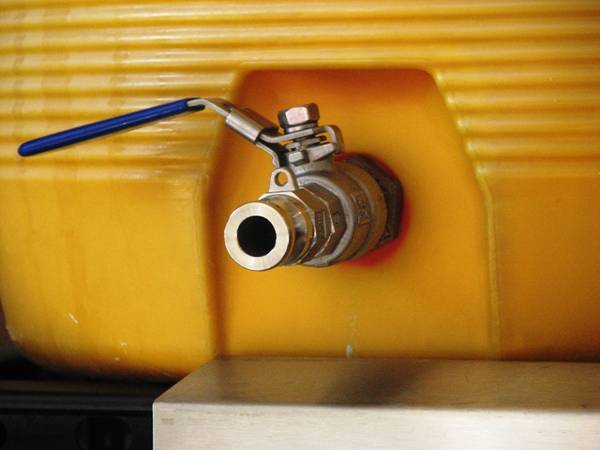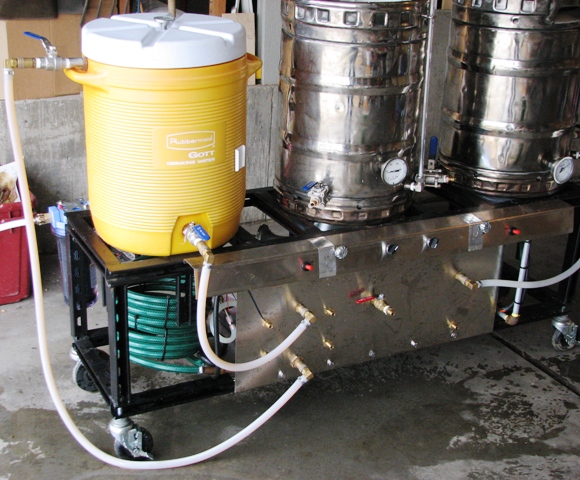Wayne,
I'm considering moving away from my hardline approach (see the website in my signature). Can you give some details on the new SS camlocks you installed? I've never seen anything like that.
Thanks!
Camlocks, or cam and groove fittings, are very commonly used for industrial fluid movement. They are also used for some solids movement. When we received grain in our silo, back in the brewpub days, the fittings were all camlock.
They are not quite a pure sanitary fitting, but are closer than the brass quick disconnects I was using. I would prefer to use a bevel seat fitting, but those are not made to fit 1/2" hose.
I purchased the camlocks from Pro Flow Dynamics.
here
They were great to deal with. I wanted to change the order slightly after I placed it. They graciously accommodated my request and still shipped it the same day I placed it.
The female fittings with the hose barb do take some getting used to. You have to move both wings at the same time. After a few uses they do loosen up a bit.
I have now brewed twice with them and I am never going back. With the brass fittings I did need to wear a glove to release the hose on the kettle. With the loops on the wings, heat from the fittings never travels out that far. They are easier to release and to attach. There are sometimes during a brew day that I just need to have fluid flow for a short period. I can do so with the camlocks without going through the whole connection process.
Lots of benefits and a cheaper price. They are a win/win for me.
Here are a couple of other shots of the male fittings on my vessels.
Here is a comparison shot between the old male disconnect and the new camlock.
I have brewed on a couple of all hardpiped systems. I, personally, did not care for them. I like the versatility and ease of cleaning using a diverter panel, disconnects and hoses.

















